Take the First Step For Estimate!
- Accurancy
- Efficiency
- Transparency
- Customization
- Time Saving
- Professionalism
- Cost Control
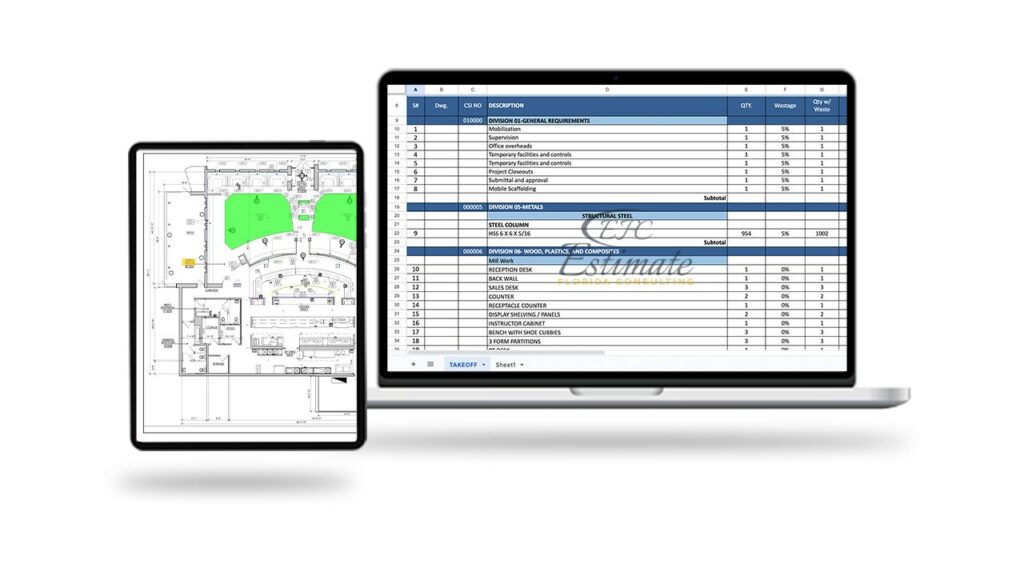
At Estimate Florida Consulting, we specialize in providing tailored estimation solutions to meet the unique needs of our clients.The approximate cost for developing an Energy-efficient Roofing Options Estimator for Warehouse Buildings can vary depending on several factors such as the complexity of the estimator, the extent of customization required, and the level of detail needed in the calculations. Typically, the development cost for such a tool could range from a few thousand dollars to tens of thousands of dollars, or even more for highly sophisticated and customized solutions. With estimates ranging from $28,000 to $1,120,000 or more, depending on the complexity and customization needed.


The Energy-efficient Roofing Cost Estimation provides insights into the potential expenses associated with installing energy-efficient roofing solutions for warehouses. Categorized into Low Range, Mid Range, and High Range, these tiers offer a spectrum of cost options suitable for various warehouse sizes and budget considerations. The Low Range presents more affordable options, while the Mid Range offers a balance between upfront investment and long-term savings. The High Range includes the most advanced and efficient roofing options, suitable for larger warehouse facilities. These estimations serve as valuable reference points for decision-making in energy-efficient roofing projects.
Cost Range | Low Range | Mid Range | High Range |
Low | $28,000 – $70,000 | $70,000 – $140,000 | $140,000 – $280,000 |
Mid | $70,000 – $140,000 | $140,000 – $280,000 | $280,000 – $560,000 |
High | $140,000 – $280,000 | $280,000 – $560,000 | $560,000 – $1,120,000 |
The Energy-efficient Roofing Cost by Type provides an overview of various energy-efficient roofing options. Cool Roofs offer an affordable option, while Green Roofs present extensive environmental benefits. Solar Roofing integrates renewable energy generation, and Metal Roofs provide durability and energy efficiency.
These options cater to businesses seeking sustainable roofing solutions tailored to their budget and sustainability goals.

Energy-Efficient Roofing Option | Initial Installation Cost per Square Foot |
Cool Roofs | $4.90 – $7.70 |
Green Roofs | $14.00 – $35.00 |
Solar Roofing | $21.00 – $42.00 |
Metal Roofs | $7.00 – $16.80 |
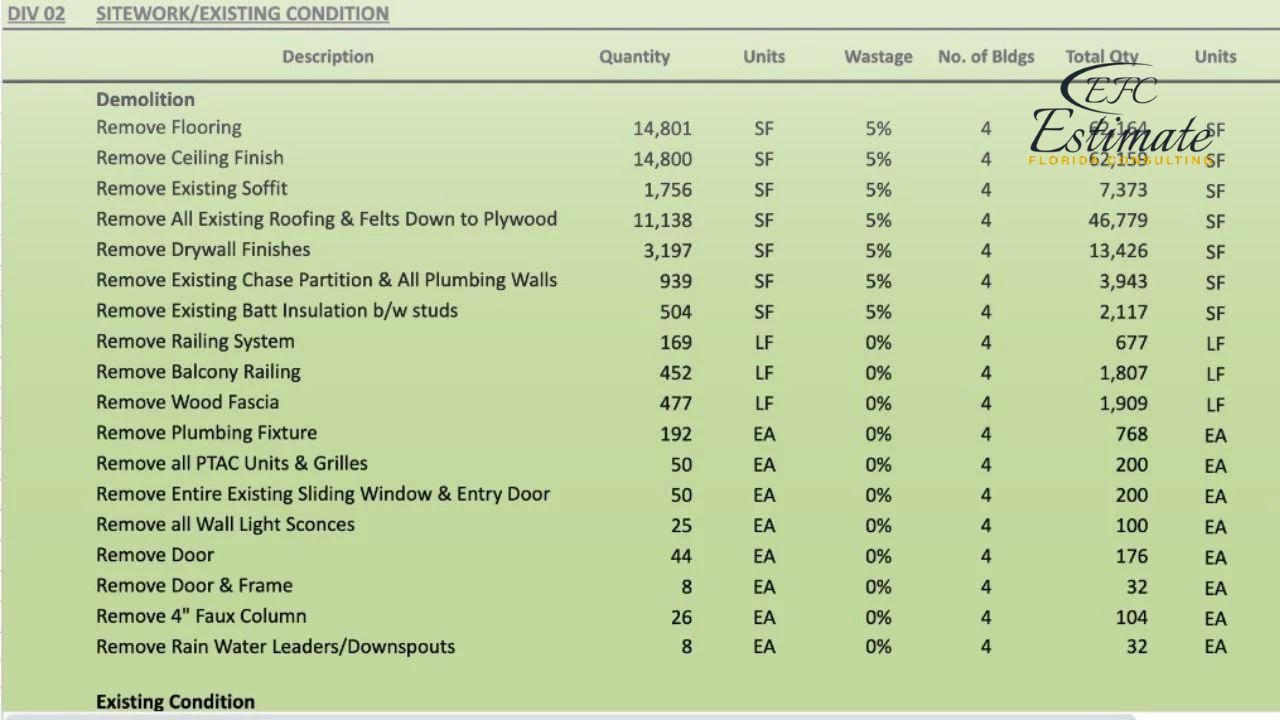
ZIP Code Based Estimate
Highly Accurate
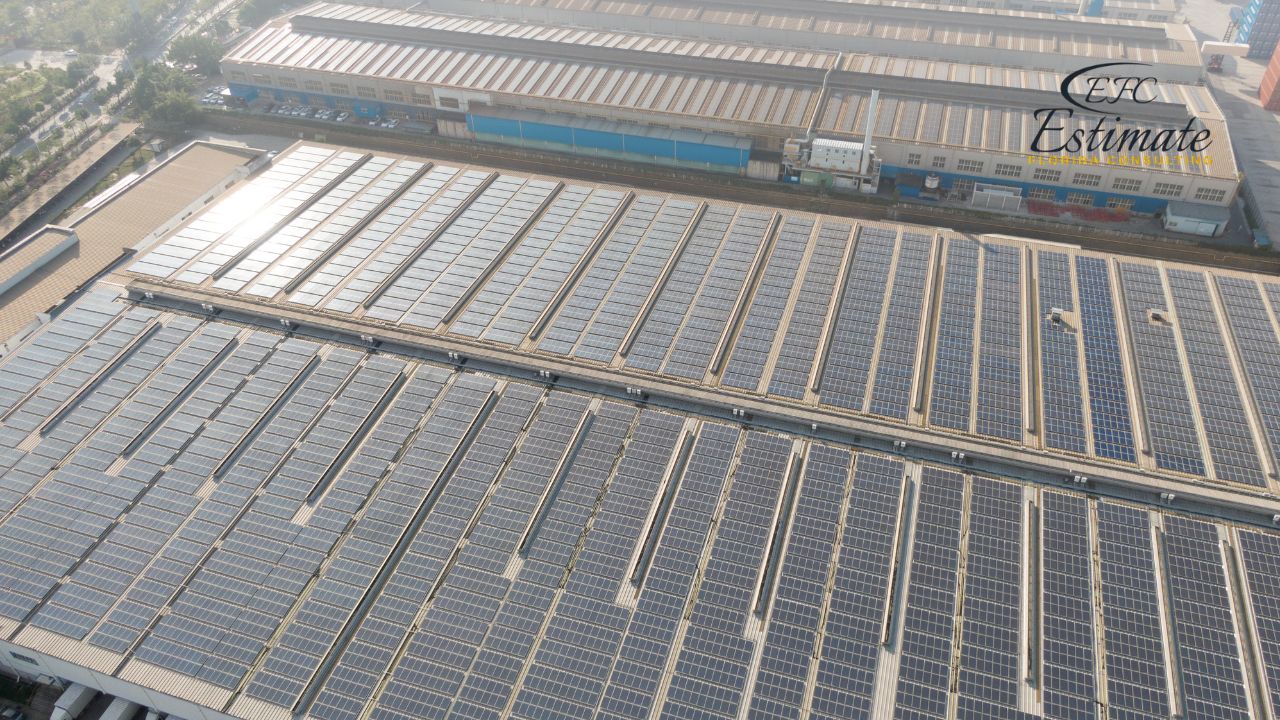
Fully Insured License
Hire Contractor for Warehouse

Make Informed Design Decisions Showcase Your Design Ideas
Get RenderingChoosing the right energy-efficient roofing for a building is a crucial decision that impacts energy consumption, comfort, and overall building performance. Several key factors play a significant role in guiding this choice:
The local climate is a pivotal consideration when selecting energy-efficient roofing. Climate determines the roofing system’s performance requirements, including insulation values, solar reflectance, and thermal emissivity. For instance, in regions with hot and sunny climates, cool roofing options are highly effective. They reflect sunlight and reduce heat absorption, helping maintain a comfortable indoor temperature and reduce cooling costs. In contrast, colder climates may require roofing systems with excellent insulation properties to prevent heat loss during the winter months.
The structural capacity of the building must be thoroughly assessed before choosing an energy-efficient roofing system. Some of these systems, like green roofs or solar panels, can be heavier than traditional roofing materials. A structural evaluation ensures that the building can safely support the chosen roofing system without compromising its integrity. Safety is paramount, and understanding the structural limitations helps avoid potential issues down the line.
Balancing upfront costs with long-term savings is a critical aspect of selecting energy-efficient roofing. While certain energy-efficient roofing materials and systems may have a higher initial cost, they often lead to substantial savings in heating and cooling expenses over the roof’s lifespan. A cost-benefit analysis is essential to determine the most economically viable solution for the building. In many cases, the upfront investment pays off in reduced operational costs and increased property value.
Many governments and utility companies offer incentives to encourage the adoption of energy-efficient roofing systems. These incentives can include tax credits, rebates, grants, or low-interest loans. Building owners should research available incentives in their region, as they can significantly offset the initial investment.
Leveraging these programs not only reduces costs but also contributes to sustainability goals and environmental conservation.
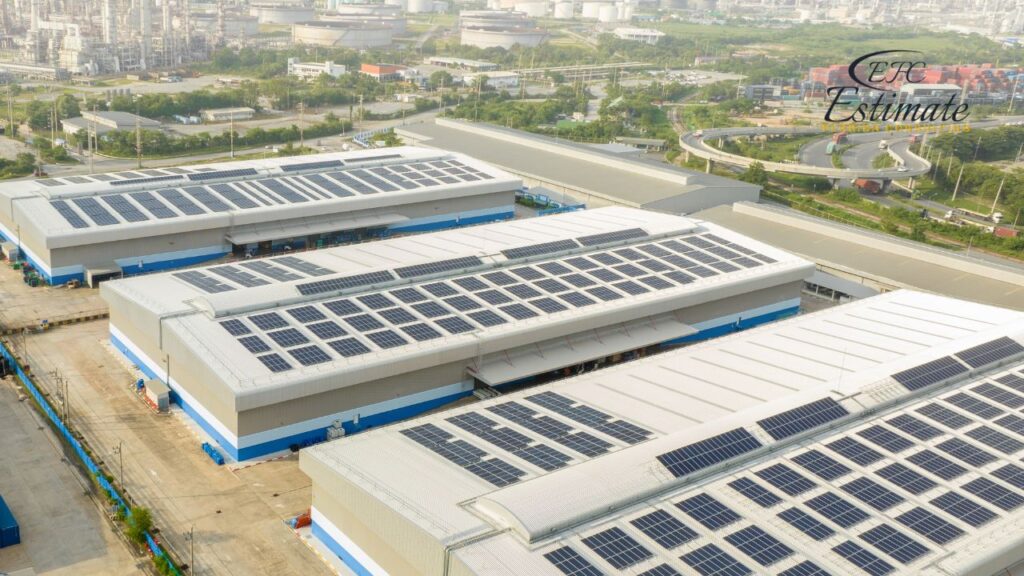
Clearly defined energy efficiency goals are essential when selecting energy-efficient roofing. These objectives may involve reducing energy consumption, achieving specific energy performance certifications like ENERGY STAR, or aligning with broader sustainability targets. The chosen roofing solution should align with these goals, ensuring that the building operates efficiently and minimizes its environmental impact.
Considering maintenance requirements and lifecycle costs is paramount. Energy-efficient roofing options often have lower maintenance demands and longer lifespans, contributing to overall cost savings. A roofing system that requires minimal upkeep not only reduces operational expenses but also enhances the building’s long-term durability and performance.
Evaluating the environmental impact of roofing materials is increasingly important in today’s eco-conscious world. Sustainable roofing options, such as green roofs, solar panels, or recycled roofing materials, can significantly reduce a building’s carbon footprint. Building owners who prioritize environmental responsibility can make choices that align with their sustainability objectives and contribute positively to the environment.
Roofing materials and systems vary widely in their energy-efficient properties. The selection process involves considering options like cool roofing materials, vegetative (green) roofs, solar roofing systems, and advanced insulation solutions. Each option offers specific benefits, and the choice should align with the building’s unique requirements, climate, and energy efficiency goals.
Compliance with local building codes and regulations is essential when choosing energy-efficient roofing. Some regions have specific requirements related to energy-efficient roofing systems, such as minimum insulation levels or cool roof mandates. Building owners must ensure that their chosen roofing solution meets these standards to avoid potential legal issues and ensure safety and performance.
When contemplating the installation of an energy-efficient roofing system for a warehouse, it’s essential to align the decision with both operational and environmental long-term goals. This strategic approach ensures that the investment not only contributes to immediate cost savings but also supports broader sustainability objectives. Here’s how warehouse owners and facility managers can evaluate their options in the context of these goals:
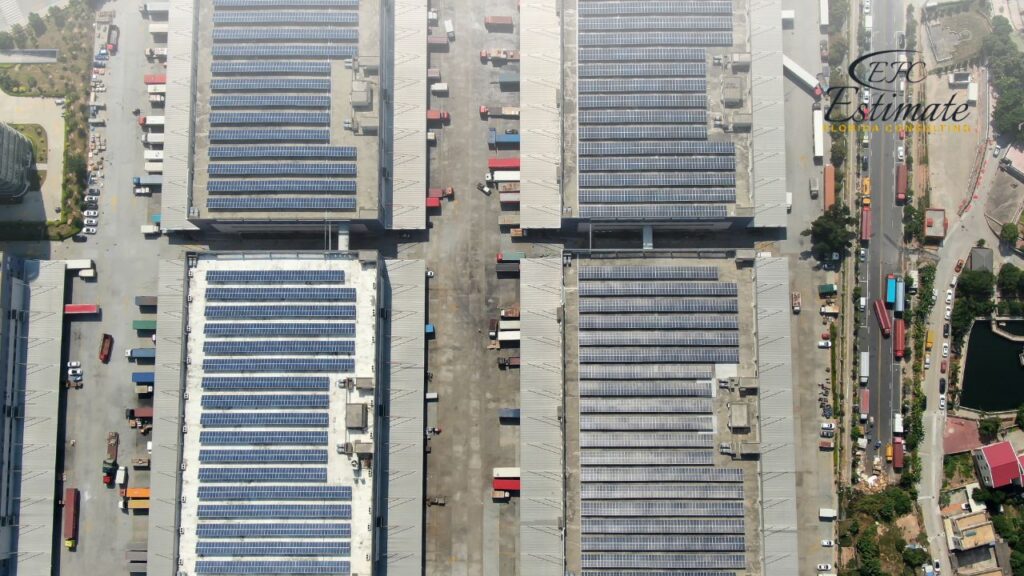
To effectively implement a strategy that balances upfront costs with long-term benefits, warehouse owners should:
The ROI of energy-efficient roofing is calculated by considering the initial installation cost, annual energy savings, maintenance costs, and any available incentives or rebates. Case studies show that while upfront costs may be higher, the long-term savings on energy bills and the potential increase in property value make these options financially viable.
From small to large projects, residential to commercial, we’re here to help you win. Fast results guaranteed.
Many governments and utilities offer incentives and rebates for the installation of energy-efficient roofing. These can significantly offset initial costs and improve the ROI. Examples include federal tax credits, state grants, and utility company rebates for energy-efficient upgrades.
Selecting a contractor with experience in energy-efficient roofing systems is crucial. Look for qualifications, references, and expertise in the specific type of roofing you’re considering. Understanding warranties and guarantees is also important for protecting your investment.
The choice of energy-efficient roofing for warehouse buildings involves careful consideration of various factors, including climate, structural capacity, upfront costs, long-term savings, incentives, energy efficiency goals, maintenance requirements, environmental impact, material selection, and regulatory compliance. By strategically aligning roofing decisions with operational and environmental long-term goals, warehouse owners can achieve substantial benefits in terms of cost savings, reduced environmental impact, increased property value, regulatory compliance, and enhanced marketability. Conducting a comprehensive cost-benefit analysis, consulting with experts, and calculating return on investment (ROI) are essential steps in making informed roofing choices. Additionally, leveraging available incentives and selecting a reputable contractor with expertise in energy-efficient roofing systems are key to a successful and sustainable roofing project.
Developing an Energy-efficient Roofing Options Estimator can range from $20,000 to $90,000 or more, depending on the complexity and customization needed.
The cost ranges from $28,000 to $1,120,000, categorized into Low Range, Mid Range, and High Range, catering to different budget considerations and warehouse sizes.
Cool Roofs range from $4.90 to $7.70 per square foot, Green Roofs from $14.00 to $35.00, Solar Roofing from $21.00 to $42.00, and Metal Roofs from $7.00 to $16.80.
The cost ranges are determined based on factors such as the complexity of the roofing system, customization requirements, and the size of the warehouse.
Factors include the complexity of the estimator, level of customization needed, and the extent of detail required in calculations, influencing the development cost ranging from a few thousand to tens of thousands of dollars.
Here I am going to share some steps to get your energy-efficient roofing options for warehouse buildings estimate report.
You can send us your plan on info@estimatorflorida.com
Before starting your project, we send you a quote for your service. That quote will have detailed information about your project. Here you will get information about the size, difficulty, complexity and bid date when determining pricing.
Our team will takeoff and estimate your project. When we deliver you’ll receive a PDF and an Excel file of your estimate. We can also offer construction lead generation services for the jobs you’d like to pursue further.

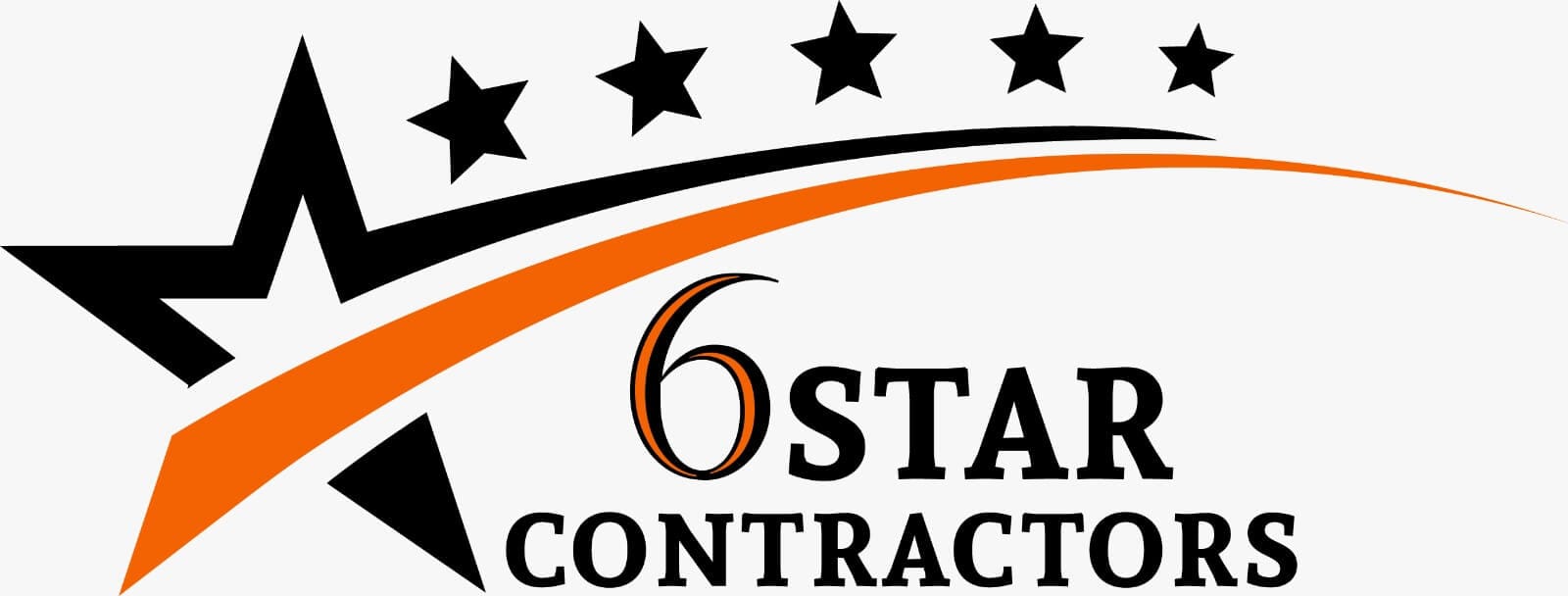

561-530-2845
info@estimatorflorida.com
Address
5245 Wiles Rd Apt 3-102 St. Pete Beach, FL 33073 United States
561-530-2845
info@estimatorflorida.com
Address
5245 Wiles Rd Apt 3-102 St. Pete Beach, FL 33073 United States
All copyright © Reserved | Designed By V Marketing Media | Disclaimer